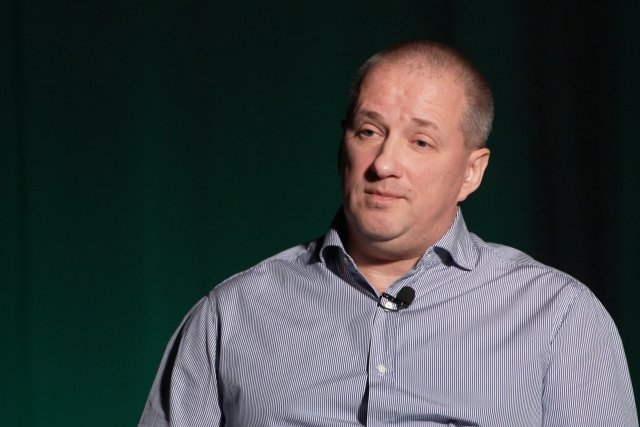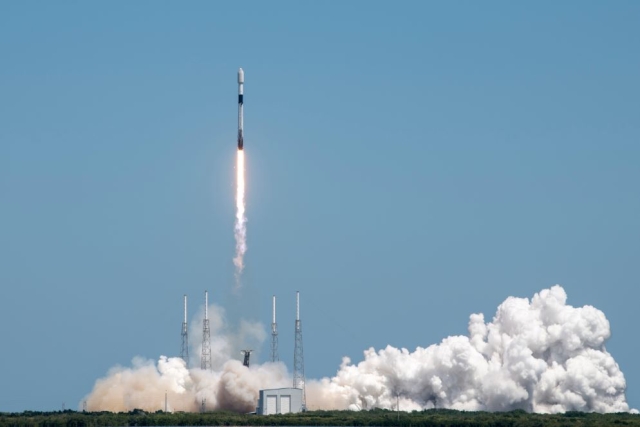Facial Recognition Evolves to 3D, ForensicaGPS Unveiled

Military and Law Enforcement agencies around the world can now rely on advanced technology to identify suspects from a low-resolution photo or video surveillance. Animetrics, a developer of advanced 3D facial recognition and identity management solutions, today introduced ForensicaGPS, a revolutionary facial recognition technology. The newly introduced facial recognition technology converts low-resolution 2D facial images from a digital photo or video frame into a 3D image, thus making it the only biometric solution of its kind which also produces results with a higher level of speed and accuracy. The patented technology is unique for the reason that the image quality enhancement tool converts photos and video frames of a person’s face into “ID ready” images including facial pose correction, which makes it easier to identify suspects. To develop this software, Animetrics teamed with DataworksPlus and BI2 Technologies (both providers of law enforcement technology solutions providers) to deliver ForensicaGPS to police and sheriff’s departments in the U.S. On an international scale, Animetrics will install ForensicaGPS in police departments in Germany and Switzerland and across the Middle East including Qatar, UAE and Saudi Arabia. Defenseworld.net spoke to Animetrics President and CEO Paul Schuepp about ForensicaGPS and the advanced tools that were used to develop it.
“For more accurate identity matching, ForensicaGPS can analyze and compare up to five images of a suspect. Its special forensic tools allow metric analysis of face similarity scoring, as well as 2D or 3D visualization of facial structure, geometry and texture. The software’s precise comparative analysis includes identifying features such as scars, moles, tattoos and distance measurements between facial features”. With target customers such as the U.S Department of Defense, Homeland Security, Military, and Law Enforcement Agencies, ForensicaGPS has been tested in several real-world scenarios and has been successful in “quickly, efficiently and accurately compare, analyze and ultimately verify digital facial images from grainy surveillance photos or videos where a suspect’s face is often shielded or distorted”.










